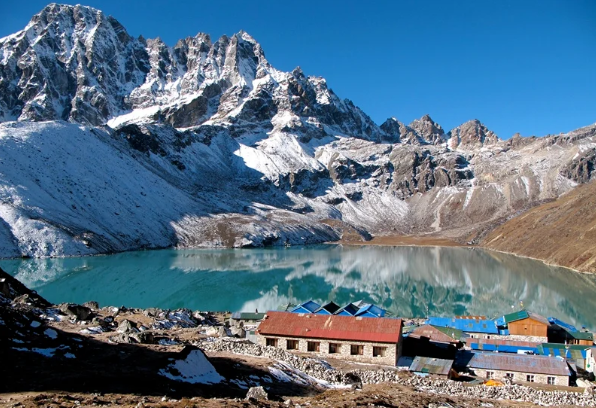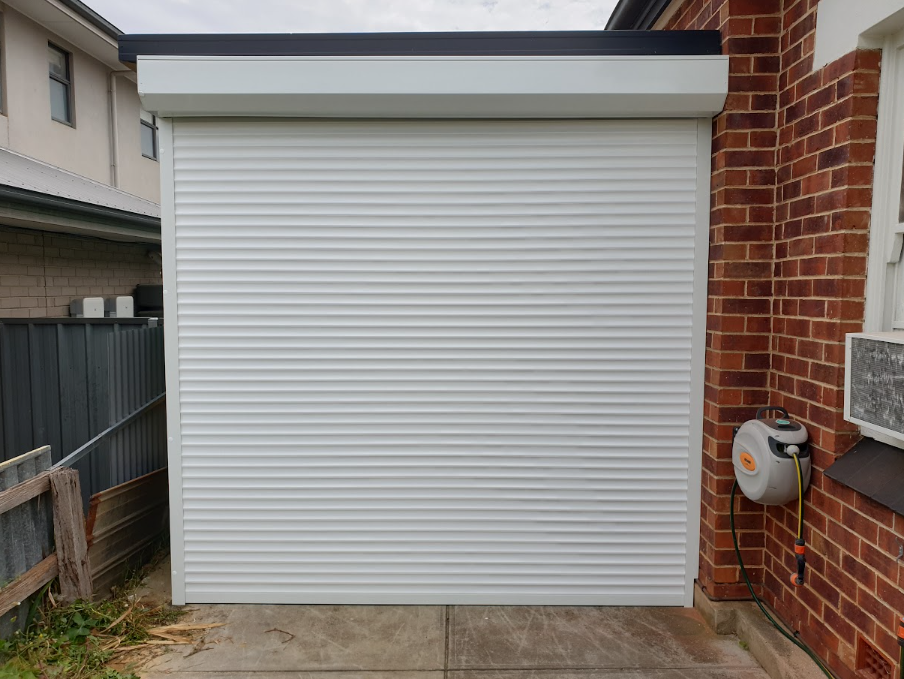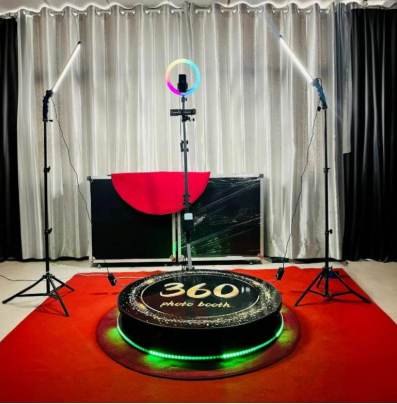While the classic Everest Base Camp trek draws thousands of trekkers annually, a lesser-known but equally spectacular alternative winds through the pristine Gokyo Valley in Nepal’s Khumbu region. The Gokyo Lakes Trek offers a perfect blend of stunning turquoise glacial lakes, towering Himalayan peaks, and authentic Sherpa culture, all while avoiding the crowds that characterize the more famous EBC trail. This journey takes you to a chain of six sacred lakes, with opportunities to climb viewpoints that rival—and some say surpass—the vistas from Everest Base Camp itself.
The Allure of the Gokyo Valley
The Gokyo Lakes Trek stands out for its unique combination of natural wonders. At its heart are the six oligotrophic lakes, ranging in altitude from 4,700 to 5,000 meters, their brilliant turquoise waters contrasting dramatically against the stark browns and whites of the surrounding landscape. These lakes hold deep spiritual significance for both Hindus and Buddhists, with pilgrims visiting during the Janai Purnima festival each August to bathe in the sacred waters.
The trek culminates at Gokyo Ri (5,357 meters), a relatively accessible viewpoint that provides one of the most comprehensive Himalayan panoramas available anywhere. From this vantage point, you can see four of the world’s six highest peaks: Everest (8,849m), Lhotse (8,516m), Makalu (8,463m), and Cho Oyu (8,188m), along with countless other snow-capped giants stretching to the horizon.
The Route and Itinerary
Most Gokyo Lakes treks span 12-15 days, beginning with the legendary flight into Lukla’s Tenzing-Hillary Airport, consistently rated one of the world’s most dangerous yet thrilling airports. The tiny aircraft navigates between mountain peaks before landing on a runway that slopes upward and ends at a mountain wall—an adrenaline-pumping introduction to your Himalayan adventure.
From Lukla (2,860m), the trail follows the Dudh Kosi River through traditional Sherpa villages, suspension bridges draped with prayer flags, and thick rhododendron forests. The first major stop is Namche Bazaar (3,440m), the bustling Sherpa capital built into a horseshoe-shaped hillside. This colorful market town serves as the crucial first acclimatization stop, where trekkers spend an extra day adjusting to altitude while exploring the local markets, bakeries, and the excellent Sherpa Culture Museum.
After Namche, the trail diverges from the main EBC route at Sanasa, turning westward into the Gokyo Valley. This is where the trek becomes noticeably quieter, with far fewer trekkers choosing this path. The trail climbs gradually through Dole (4,200m) and Machhermo (4,470m), small settlements where lodge owners know their guests by name and yak herders tend their animals on surrounding pastures.
The Ngozumpa Glacier Experience
A defining feature of the Gokyo trek is the journey alongside and across the Ngozumpa Glacier, the largest glacier in the Himalayas, stretching 36 kilometers in length. Unlike the smooth, white ice flows you might imagine, the glacier presents a chaotic landscape of rocks, boulders, and ice formations—a powerful reminder of the geological forces constantly reshaping these mountains.
Walking on the glacier requires careful attention, following cairns and the occasional painted marker across the unstable terminal moraine. The surreal landscape feels almost lunar, with ice pinnacles, deep crevasses, and glacial lakes scattered across the surface. The glacier feeds the Dudh Kosi River, whose name means “milk river” in Nepali, a reference to the glacier-fed waters that run milky-white with suspended rock particles.
The Sacred Lakes
The first glimpse of Gokyo’s third lake, known as Dudh Pokhari, is one of those moments that stops trekkers in their tracks. The vivid turquoise water, framed by the Ngozumpa Glacier on one side and the towering peaks on the other, seems almost artificial in its intensity. The small settlement of Gokyo (4,790m) sits at the lake’s edge, offering basic but comfortable lodges where trekkers base themselves for summit attempts and lake explorations.
Most trekkers visit the third lake, which is the largest and most accessible, but the truly adventurous continue to the fourth and fifth lakes. The fourth lake, Thonak Tsho, requires an additional two-hour trek across rocky terrain but rewards visitors with even more solitude and pristine beauty. The fifth lake, Ngozumpa Tsho, sits at the foot of Cho Oyu and offers the ultimate sense of wilderness. The first, second, and sixth lakes are typically visited by pilgrims rather than trekkers, though increasingly adventurous souls are exploring these remote waters.
Gokyo Ri: The Ultimate Viewpoint
The pre-dawn ascent of Gokyo Ri represents the trek’s climax. Starting around 4:30 AM with headlamps illuminating the switchbacking trail, trekkers climb roughly 600 vertical meters over 2-3 hours. The altitude makes every step laborious, and the freezing temperatures test resolve, but reaching the summit for sunrise transforms all discomfort into insignificance.
As dawn breaks over the Himalayas, the peaks ignite in shades of pink, orange, and gold. The view encompasses not just the four 8,000-meter peaks but also the massive Ngozumpa Glacier flowing like a frozen river between the valleys, the chain of turquoise lakes glittering below, and the endless parade of snow-capped summits extending in every direction. Many trekkers consider this view superior to that from Kala Patthar near Everest Base Camp, as it offers more variety and a more comprehensive perspective of the Khumbu region.
The Cho La Pass Option
Many trekkers combine the Gokyo Lakes Trek with the classic EBC route by crossing the challenging Cho La Pass (5,420m), creating a comprehensive circuit of the Khumbu region. This high mountain pass requires good weather, proper equipment, and careful timing, but it allows you to experience both sides of the valley without backtracking. The crossing involves navigating ice, snow, and potentially dangerous conditions, making it suitable only for well-prepared trekkers with experienced guides.
Altitude and Acclimatization
The Gokyo Lakes Trek reaches significant altitudes, with Gokyo Ri’s summit at 5,357 meters presenting real risks of altitude sickness. Proper acclimatization is absolutely essential—this means following the golden rule of “climb high, sleep low” and building in rest days at strategic elevations. Most itineraries include acclimatization days in Namche Bazaar and often in Dingboche or Machhermo.
Symptoms of Acute Mountain Sickness (AMS) can include headaches, nausea, fatigue, and dizziness. More serious conditions like High Altitude Pulmonary Edema (HAPE) or High Altitude Cerebral Edema (HACE) require immediate descent. Experienced guides monitor trekkers closely and carry oxygen supplies for emergencies, but personal awareness and honest communication about symptoms are crucial.
Best Time to Trek
The optimal seasons for the Gokyo Lakes Trek are spring (March-May) and autumn (September-November). Spring offers rhododendron blooms at lower elevations and increasingly stable weather, though some snow may remain on higher passes. Autumn provides the clearest skies and most stable conditions, making it the peak trekking season, though this also means more company on the trails.
Winter trekking (December-February) is possible but challenging, with sub-zero temperatures, potential snow blocking high passes, and many lodges closed. Summer monsoon (June-August) brings heavy rains, leeches at lower elevations, and obscured mountain views, though the pilgrimage season in August draws interesting crowds to the sacred lakes.
Cultural Immersion
Beyond the natural splendor, the Gokyo trek offers authentic encounters with Sherpa culture. The villages along the route maintain traditional ways of life, with yak herding, potato farming, and Buddhist practices shaping daily rhythms. Monasteries dot the landscape, their prayer wheels and butter lamps tended by resident monks. Trekkers are welcomed into tea houses run by Sherpa families, sharing meals and stories that enrich the experience beyond the physical journey.
Conclusion
The Gokyo Lakes Trek represents Himalayan trekking at its finest—challenging but achievable, spectacular yet serene, popular enough to have good infrastructure but quiet enough to feel like a genuine wilderness experience. Whether you’re drawn by the sacred lakes, the unparalleled mountain views, the massive glacier, or simply the desire to explore a less-trampled path in the Everest region, Gokyo delivers an unforgettable adventure. For those seeking beauty, solitude, and a profound connection with the Himalayas, this trek stands as one of Nepal’s true treasures.










